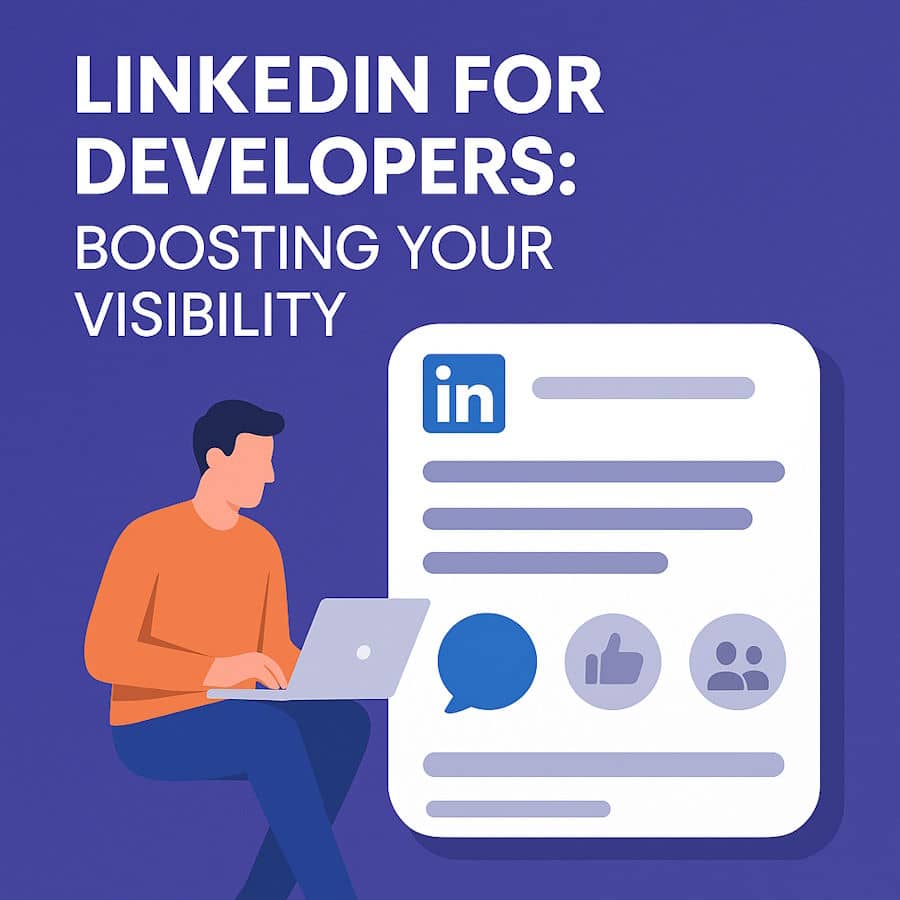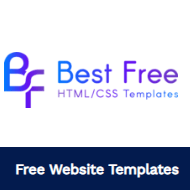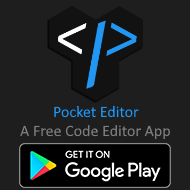Let's be honest—as developers, we're not always comfortable with self-promotion. We'd rather spend our time solving complex algorithms than crafting the perfect LinkedIn post. But here's the thing: in today's tech landscape, your online presence matters. Whether you're looking for your next opportunity, building your personal brand, or simply sharing what you've learned, LinkedIn has become essential for professional visibility.
The problem? Most developer posts get lost in the noise. They blend into the endless scroll of generic updates. But it doesn't have to be this way.
Why LinkedIn Matters for Developers
I used to think LinkedIn was just a digital resume—a place to update your job title and forget about it. I was wrong. I've watched developers transform their careers through consistent LinkedIn engagement. They've landed speaking opportunities, secured consulting gigs, found co-founders, and built communities around their expertise.
The difference isn't talent or knowledge—it's presentation. It's understanding how to communicate technical concepts in a way that resonates with your audience.
Understanding the Algorithm
LinkedIn's algorithm prioritizes engagement and "dwell time"—how long people spend reading your post. The first hour is crucial. Comments matter more than likes, and the algorithm favors native content over external links.
This means your first few sentences need to hook readers immediately, and your content needs to encourage conversation.
The Anatomy of an Engaging LinkedIn Post
Start with a hook. Skip the formal introductions. Don't start with "I'm excited to announce..." Jump straight into the interesting part. "I spent three days debugging a race condition that turned out to be a single misplaced await" beats "Today I want to talk about async programming."
Use white space strategically. Walls of text don't work. Break your thoughts into short paragraphs—one to three sentences each. People often read LinkedIn on their phones during breaks. Respect their context.
Make it visually scannable. LinkedIn's default editor is basic, but visual structure matters enormously. Using special Unicode characters and formatting can make your posts stand out significantly in the feed.
I've found LinkedIn Text Formatter genuinely useful for adding visual variety. It lets you format text with different styles—bold, italic, script, or monospace—which helps emphasize key points or create visual hierarchy. When writing about code or technical concepts, being able to distinguish between regular text and technical terms makes your post much easier to follow.
Tell Stories, Not Just Facts
Here's where many posts fail: they focus on what happened rather than the journey. "I built a feature using React hooks" is a fact. "I spent two weeks fighting with useEffect before realizing I was thinking about it all wrong—here's what finally clicked" is a story.
Stories create connection. They show your thought process, your mistakes, your breakthroughs. In a sea of sanitized corporate content, relatability is your superpower. Include the messy middle—the part where things didn't work, where you had to rethink your approach.
The Power of Specific Examples
Generic advice is forgettable. "Write clean code" has been said a million times. But "I reduced our API response time from 3 seconds to 200ms by adding a single database index—here's how I found the bottleneck" gives people something concrete.
Include specific numbers, specific tools, specific situations. Code snippets can work, but use them sparingly and always provide context.
Post Formatting for Maximum Impact
I once wrote a post about microservices architecture with good insights from real experience. But it was formatted as dense paragraphs. It looked boring. Nobody engaged with it.
I rewrote the same content with better visual structure—short paragraphs, strategic line breaks, and proper formatting. The rewrite got ten times the engagement. The information was identical; the presentation made all the difference.
This is where LinkedIn Post Formatter comes in handy. What I appreciate is its simplicity and focus on readability. It helps you add proper spacing and line breaks, and includes features for creating those popular numbered lists and bullet points that LinkedIn's editor doesn't handle well. It also helps with creating eye-catching headers that break up longer posts into sections—essential for mini-tutorials or detailed case studies.
Hashtags: Use Them, Don't Abuse Them
Use three to five relevant hashtags at the end of your post. Mix broad tags (#webdevelopment) with specific ones (#reacthooks, #typescript). Check follower counts to see which tags are actively used.
Avoid hashtag stuffing. Pick the most relevant ones and move on.
What to Actually Write About on LinkedIn as a Developer
Document your learning. Every time you figure something out—a tricky bug, a new library, a better approach—that's potential content.
Share your projects. Tell people not just what it does, but why you built it, what challenges you faced, and what you'd do differently.
Explain complex concepts. Teaching is one of the best ways to demonstrate expertise. Break down complicated topics into digestible explanations.
Offer opinions on industry trends. Opinions spark conversations, and conversations drive engagement.
Celebrate others. Give credit publicly. This builds goodwill and often comes back around.
Common Mistakes to Avoid
Don't be overly promotional. For every promotional post, share at least five pieces of valuable, non-promotional content.
Avoid jargon overload. Write like you talk. If you wouldn't say it out loud, don't write it.
Don't post and ghost. Stick around. Reply to comments for at least a few hours after posting.
Stop apologizing. Skip the "Sorry for the long post" or "This might not be interesting to everyone." If something is worth sharing, share it confidently.
Building Your Voice on LinkedIn as a Developer
Your LinkedIn presence should sound like you—the real you, just in professional mode. My early posts were stiff and formal because I thought that's how I was supposed to sound. But those posts felt fake and performed poorly. When I started writing the way I actually think and talk, everything changed.
Find developers whose LinkedIn presence you admire. Notice what makes their posts work. Learn from what resonates with you as a reader.
The Long Game
Building an audience takes time. Your first few posts might get minimal engagement. That's normal. What matters is that you keep showing up, keep sharing valuable insights, and keep engaging genuinely with others.
The developers who succeed on LinkedIn aren't necessarily the most brilliant. They're the ones who consistently share what they know, engage with their community, and present their ideas in compelling ways.
Making It Sustainable
Don't let LinkedIn become a chore. Find a rhythm that works for you. The goal isn't to become a LinkedIn influencer. The goal is to build connections, share knowledge, and create opportunities for yourself and others.
Start simple. Write about something you learned this week. Format it so it's easy to read. Add relevant hashtags. Hit publish. Engage with the people who comment. Then do it again next week.
Now go write that post you've been thinking about. Your professional community is waiting to hear what you have to say.








